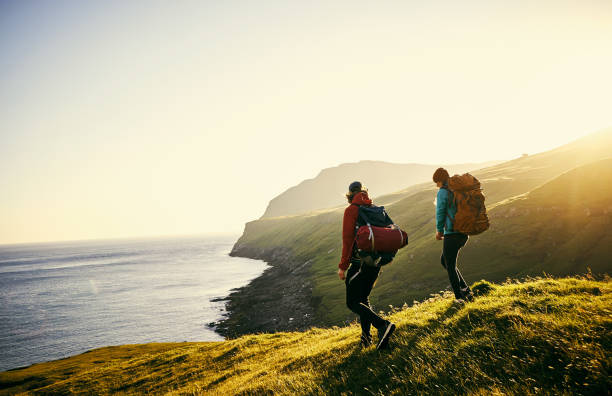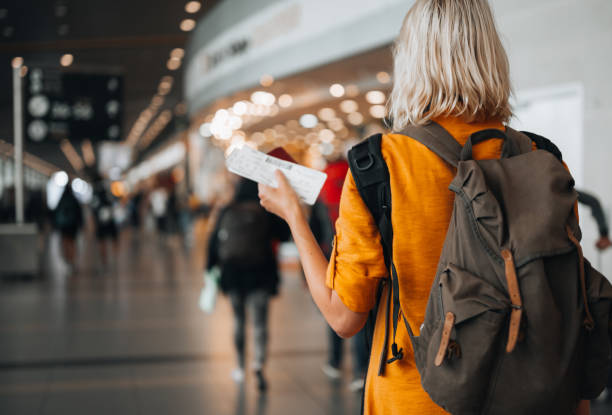When it comes to selecting the perfect backpack for travel, size does matter. The ideal backpack size depends on the length of your trip, the items you plan to carry, and your body size. Your backpack must be capacious enough to hold all of your essentials yet compact enough for ease of movement. As a general rule, weekend trips require a backpack ranging from 20 to 30 liters, week-long journeys may need 30 to 50 liters, and anything longer is best served by a pack upwards of 50 liters. In this article, we will explore the factors to help you choose the most suitable backpack size for your adventures.
Understanding Backpack Volume and Your Travel Needs

Firstly, the volume of a backpack, measured in liters, indicates its capacity. Understanding how much you usually pack for a trip is key in making an informed decision. Reflect on your packing habits – are you a minimalist packer or do you prefer to bring ample outfits and gear? Additionally, consider the type of travel you’ll be undertaking. Are you backpacking through cities with access to amenities, or hiking in remote areas where you need to be self-sufficient? It’s also useful to note that for air travel, a backpack that fits carry-on size restrictions is a savvy choice, allowing you to bypass baggage claim and potential fees.
- Minimalist Packer: 20-30 liters
- Typical Tourist: 30-50 liters
- Adventure or Long-Duration Traveler: 50+ liters
The Role of Trip Duration
Logically, the duration of your trip directly influences the size of the backpack needed. For short weekend getaways, a 20 to 30-liter backpack might suffice. This size is ideal for carrying basic necessities such as a change of clothes, a travel-sized toiletry bag, and perhaps a small book or tablet. Conversely, a week-long trip typically demands a 30 to 50-liter pack, which can accommodate additional clothing, a first-aid kit, and extra travel comforts. Extended trips, particularly those involving varied climates or activities requiring special gear, will require a backpack with 50 liters of space or more. Remember to leave a little extra space for souvenirs or unexpected acquisitions along your journey.
Considering Backpack Features and Comfort
Apart from size, the comfort and functionality of a backpack are vital. Look for a pack with adjustable straps, a padded back panel, and a hip belt to evenly distribute weight and maximize comfort. Think about the compartments and pockets – does the backpack have space for a laptop or camera? Are there external straps for a sleeping bag or yoga mat? Additionally, a rain cover can be invaluable during unpredictable weather. The materials used in the backpack’s construction, such as rip-stop nylon or polyester, should also be considered for durability and waterproofing capabilities.
- Adjustable straps and padded back panel
- Hip belt for weight distribution
- Compartmentalization for organization
- External straps for additional gear
- Durable and weather-resistant materials
Travel Style and Backpack Type
Your travel style is another significant factor in choosing your backpack size. For city travelers and those staying in hostels or hotels, a sleek and compact backpack may be most appropriate. This allows for easy navigation through streets, public transport, and bustling airports. However, if you’re an outdoor enthusiast planning to camp or hike, you’ll need a larger and more robust pack to accommodate tents, cooking gear, and thicker clothing. Different types of backpacks, such as daypacks, hybrids, and specialist backpacks, cater to various travel scenarios, so it’s essential to match your pack to the anticipated activities and environments.
Potential Trade-Offs and Limitations
While a larger backpack provides more space, it also comes with trade-offs. Heavier packs can cause fatigue and discomfort over time, and they can be cumbersome to carry. Additionally, be aware that airlines often have weight and size restrictions, and exceeding these may result in extra fees. Strive for a balance between capacity and manageability. More importantly, consider testing various backpack sizes with weight beforehand to grasp the practical implications of carrying it over extended periods.
Conclusion
Ultimately, the choice of backpack size for traveling is a personal one, influenced by a combination of factors including trip duration, travel needs, comfort features, travel style, and potential trade-offs. Remember to account for not just the volume of items you plan to bring, but also the type of journey you’re embarking on. A well-chosen backpack, one that’s neither too large nor too small, becomes a trusty travel companion, ensuring all your adventures are carried out with comfort and ease. With the right information and consideration, you are ready to make a choice that will enhance your travel experience immeasurably.
